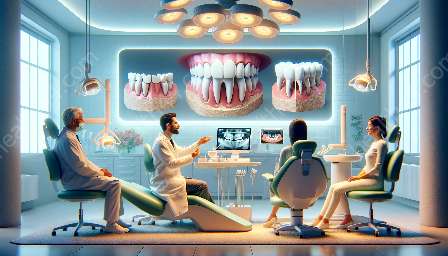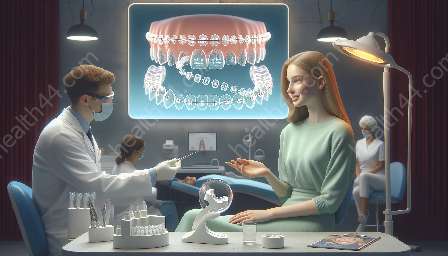Understanding the implications of dental trauma on oral health and overall well-being is crucial for maintaining optimal oral and dental care. Dental trauma, which refers to any injury to the teeth, gums, or surrounding tissues, can have lasting effects if not properly managed. In this topic cluster, we will delve into the various aspects of dental trauma, including its causes, types, effects on oral health, preventive strategies, and appropriate responses to dental injuries.
The Importance of Addressing Dental Trauma
Dental trauma can occur as a result of accidents, sports injuries, or other unforeseen mishaps. The significance of addressing dental trauma promptly cannot be overstated, as such injuries can lead to immediate pain and discomfort, as well as long-term consequences if left untreated. Moreover, the impact of dental trauma extends beyond the oral cavity and can affect overall health and well-being.
Causes and Types of Dental Trauma
Causes: Dental trauma can result from a variety of incidents, such as falls, automobile accidents, collisions during sports activities, or physical altercations. Additionally, biting down on hard objects or suffering from a forceful impact to the face can also lead to dental trauma.
Types: Common types of dental trauma include fractured or broken teeth, avulsion (complete displacement of a tooth from its socket), luxation (displacement of a tooth within its socket), and injuries to the gums and surrounding soft tissues.
Effects on Oral Health and Function
Immediate Effects: Dental trauma often results in acute pain, bleeding, swelling, and difficulty in chewing or speaking. Depending on the severity of the injury, nerves and blood vessels may be compromised, leading to heightened sensitivity and compromised tooth vitality.
Long-Term Effects: Untreated dental trauma can contribute to the development of oral infections, abscesses, and dental caries. Furthermore, compromised tooth structure can impact the occlusion and alignment of the teeth, potentially leading to additional dental complications.
Preventive Strategies for Dental Trauma
Preventing dental trauma is key to preserving oral and dental health. Using protective gear during sports activities, avoiding chewing hard objects, and taking precautions to prevent accidental falls or injuries can significantly reduce the risk of dental trauma.
Maintaining Oral Hygiene: Good oral hygiene practices, including regular brushing, flossing, and dental check-ups, can also contribute to preventing dental trauma by keeping the teeth and gums healthy and resilient.
Proper Response to Dental Injuries
When dental trauma occurs, immediate and appropriate response is essential. In the event of a dental injury, it is advisable to seek professional dental care without delay. Taking swift action can help in preserving the affected tooth and preventing further complications.
Seeking Emergency Dental Care: In cases of avulsion or severe tooth fracture, immediate attention from a dental professional can improve the likelihood of successful re-implantation or other necessary interventions.
Impact on Overall Health
The repercussions of dental trauma go beyond oral health and can impact overall well-being. Persistent pain, compromised chewing function, and aesthetic concerns resulting from dental injuries can affect an individual's quality of life. Moreover, unresolved dental trauma can contribute to systemic health issues, as oral infections and inflammations can potentially affect other organ systems.
In Conclusion
Understanding the potential impact of dental trauma on oral and dental care is essential for promoting comprehensive health and wellness. By recognizing the causes, effects, preventive measures, and appropriate responses to dental injuries, individuals can take proactive steps to safeguard their oral health and overall well-being. Prioritizing the prevention and management of dental trauma is integral to maintaining optimal oral and dental care, ultimately contributing to improved health outcomes and a better quality of life.
































